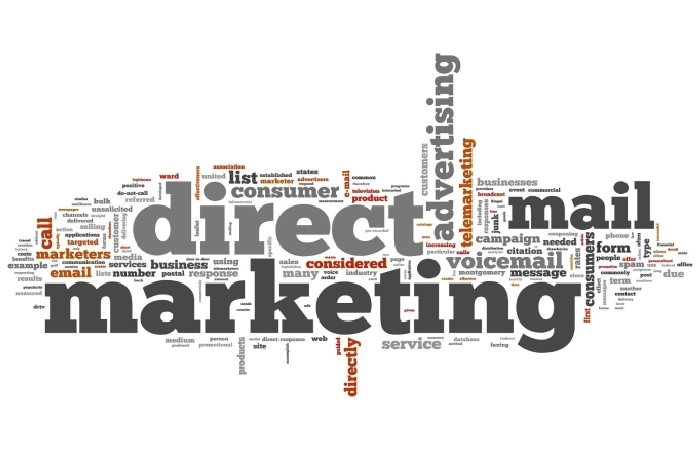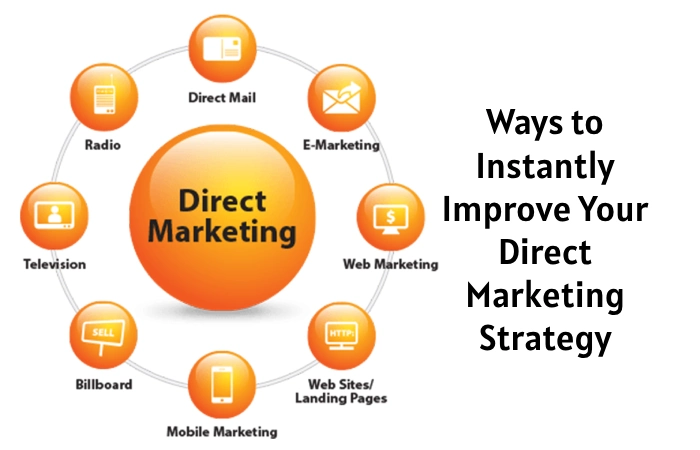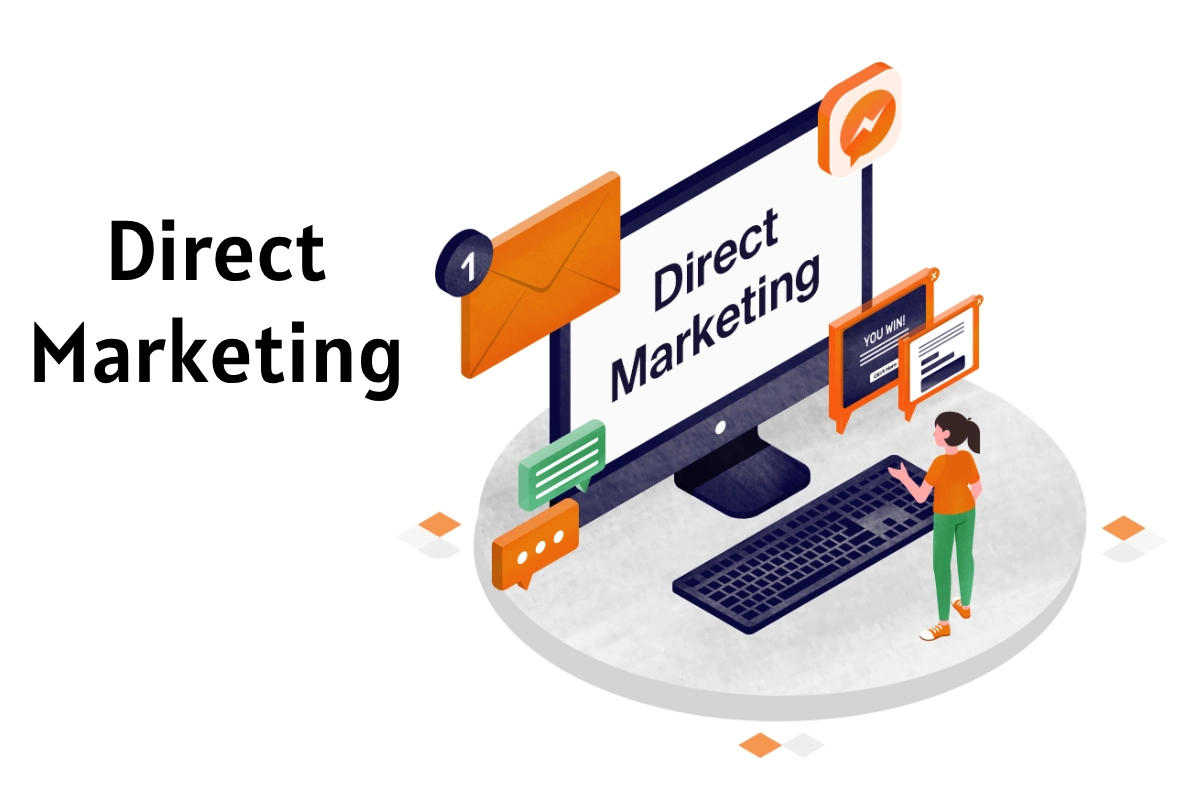Share This Article
About Direct Marketing
Direct marketing or direct marketing is a type of advertising campaign that aims to trigger a result in a specific target—for example, visiting an e-commerce site or filling out a landing page form requesting brand information.
It can be in different formats such as, for example, mail, and telemarketing, at the point of sale or, one of the best known, direct email marketing.
This marketing method is very effective and one of the easiest to measure. If you make a discount for your online store and have distributed the code to activate the promotion via mailing, you can use a cookie or a pixel to determine how many users have used the discount.
How Does Direct Marketing Works?

As the name suggests, direct marketing is direct two-way communication. These campaigns allow advertisers to create a dialogue between themselves and consumers (existing and potential) and keep that connection for as long as likely or desired.
Companies can adapt to the customer and offer and customize the discounts they claim as needed.
But how does it work? It is based on the use of databases that contain detailed information on each client or lead. This information can be used to tailor promotions and direct marketing communications to the needs of targeting or even individual customers.
Main Means of Direct Marketing
The most significant direct marketing media in the digital environment are:
1. Email Marketing
Straight email marketing allows you to send offers, announcements, reminders, or other types of messages to a person whose specific address we have, thanks to our own or third-party databases.
2. Catalog Marketing
This method has been widely used for a long time, but with the advent of the Internet, catalogs have migrated to the Internet and become digital. One way to spread them is through the mail.
3. Online Marketing
Internet marketing has grown steadily in recent years. According to eMarketer, in 2017, savings in digital marketing will exceed television for the first time. A widespread means of digital direct marketing is social ads or advertising on social networks through Custom Viewers. You can use your database on the social network to create a personalized campaign.
4. Social Networks
Social media has fundamentally changed direct marketing. The product and consumer dialogue on these social platforms is made known to the public. This means that communication with the client is conscientious and that the content or offers are attractive.
5. Banners
Direct online advertising has a long history on the web and is one of the oldest. You want to snatch the user’s attention and encourage interaction, as most are clickable.
What are the Advantages of Straight Marketing?
Unlike mass advertising, which is sent to all types of customers, direct marketing is ideal for those customers who trust (based on the information collected about them) that they are attentive to one of the products or services you offer.
Here are a few more reasons direct marketing is so successful:
- Communication is personal and natural, which generates more trust and openness on the part of the recipient.
- Exact messages can be sent to precise customer sections (potential or existing customers) based on demographics or purchasing behavior. The more segmented your campaigns are, the more effective they will be.
- Better segmentation makes you more profitable because the right message is sent to people who have already been identified as potential buyers.
- Some direct marketing campaigns (for example, email marketing) are measurable, and the success of each can be tracked. This can help you plan future campaigns.
- You can get feedback on your products, services, and prices.
5 Ways to Instantly Improve Your Direct Marketing Strategy

Whether it’s because you’ve used direct marketing in the past or you’re starting your campaign from scratch, it’s worth reviewing these points to improve your straightforward marketing strategy:
1. Make Your Customer Databases Your Most Valuable Asset
Your marketing campaigns or business are nothing without a solid list as a base.
Keeping it clean and updated is essential since communicating with each contact depends on it.
2. Search Your Database for Buying Patterns
Again, a database gives you vital information about a person’s buying behavior, making it easy to spot cross-sell and up-sell opportunities. Data such as previous purchases allow the recipient to be sent a personalized message.
By looking for patterns in your customers’ activities and buying behavior, you can create targeted messages that convince potential customers to convert or retain existing customers.
3. Integrate Different Channels
Making a unified Omni network strategy across channels allows you to reach your spectators with the correct letter at the right time.
Before selecting channels, it’s essential to know where your customers are and where they apply most of their time so you can optimize your pains.
4. Include a Call to Action
The goal of your direct communication should be to take the recipient to the next step in the buying process. Usually, the goal is to make a sale, but not all prospects are cut out for that, so consider promoting other actions, such as:
- Visit a website
- Call for more information
- Request a quote
- See a demo
- Subscribe to a form
- Download an eBook
5. Test and Optimize
Just because somewhat has worked in the past doesn’t mean it’s still the best option today. To further increase results, you need to make changes and measure each.
For example, in email marketing and with an email-specific tool like Sensible, you can evaluate essential metrics and run a/b tests to optimize your campaigns step by step.
Conclusion
It permits you to segment your contacts and reach those most likely to make a purchase. It saves your resources by targeting smaller crowds of people. This can be seen in comparison to mass marketing.
Also Read: 6 Things Influencer Marketing – Benefits of Influencer Marketing



